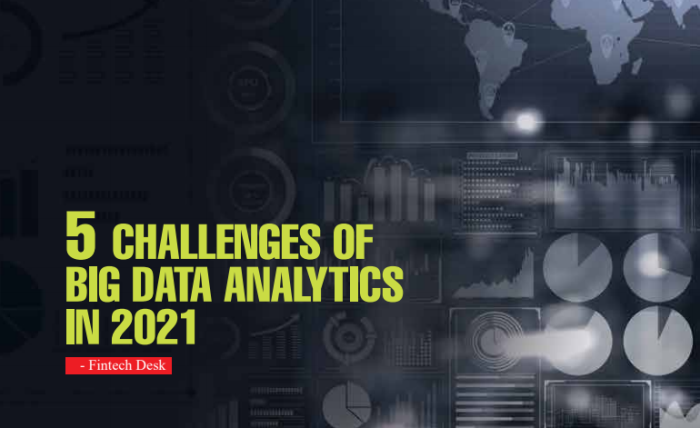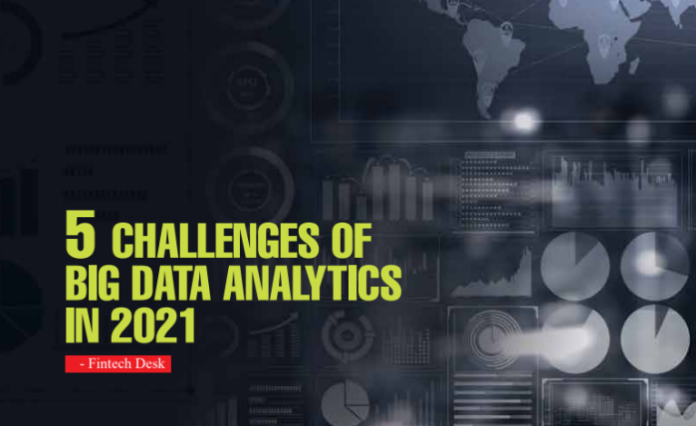
It’s 2021 now and so time to deep dive through the most typical big data analytics issues, investigate possible root causes, and highlight the potential solutions to those.
It’s always better to think smart from the very beginning when your big data analytics system is yet at the concept stage. Any fixes might be quite expensive to implement once the system is already up and running.
In today’s digital world, companies embrace big data business analytics to improve decision-making, increase accountability, raise productivity, make better predictions, monitor performance, and gain a competitive advantage. However, many organizations have problems using business intelligence analytics on a strategic level. According to Gartner, 87% of companies have low BI (business intelligence) and analytics maturity, lacking data guidance and support. The problems with business data analysis are not only related to analytics by itself, but can also be caused by deep system or infrastructure problems.
1. Business analytics solution fails to provide new or timely insights
Imagine, you have invested into an analytics solution striving to get unique insights that would help you take smarter business decisions. But at times it seems, the insights your new system provides are of the same level and quality as the ones you had before. This issue can be addressed through the lens of either business or technology depending on the root cause.
- Lack of data
Your analytics does not have enough data to generate new insights. This may either be caused by the lack of data integrations or poor data organization.
In this case, it makes sense to run a data audit and ensure that existing data integrations can provide the required insights. The integration of new data sources can eliminate the lack of data as well. It’s also worth checking how raw data comes into the system and make sure that all possible dimensions and metrics are exposed for analytics. Finally, data storage diversity might also be a problem. One can cope with this issue by introducing a Data Lake.
- Long data response
This usually happens when you need to receive insights in real-time, but your system is designed for batch processing. So the data you need here and now is not yet available as it is still being collected or pre-processed.
Check if your ETL (Extract, Transform, Load) is able to process data based on a more frequent schedule. In certain cases, batch-driven solutions allow schedule adjustments with a 2x times boost. Another option is to use an architecture approach called Lambda Architecture which allows you to combine the traditional batch pipeline with a fast real-time stream.
- Old approaches applied to a new system
You’ve transferred your typical reports to the new system. But it would be difficult to get new answers by asking old questions. This is mostly a business issue, and possible solutions to this problem differs a lot case-by-case. The best thing is to consult a subject matter expert, who has broad experience in analytical approaches and knows your business domain.
2. Inaccurate analytics
There’s nothing worse to a business than inaccurate analytics and this issue needs to be addressed as soon as possible.
- Poor quality of source data
If your system relies on data that has defects, errors, or is incomplete you’ll get poor results. Data quality management and an obligatory data validation process covering every stage of your ETL process can help ensure the quality of incoming data at different levels (syntactic, semantic, grammatical, business, etc.). It will enable you to identify and weed out the errors and guarantee that a modification in one area immediately shows itself across the board, making data pure and accurate.
- System defects related to the data flow
This happens when the requirements of the system are omitted or not fully met due to human error intervention in the development, testing, or verification processes.
High-quality testing and verification of the development lifecycle reduces the number of such problems, which in turn minimizes data processing problems. It might happen that your analytics provide inaccurate results even when working with high-quality data. In this case, it makes sense to run a detailed review of your system and check if the implementation of data processing algorithms is fault-free.
3. Using data analytics in complicated
The next problem may bring all the efforts invested in creating an efficient solution to naught. If using data analytics becomes too complicated, you may find it difficult to extract value from your data. The complexity issue usually boils down either to the UX (when it’s difficult for users to navigate the system and grasp info from its reports) or to technical aspects (when the system is over-engineered). Let’s get this sorted out.
- Cluttered data visualization
The level of complexity of your reports is too high. It’s time-consuming or hard to find the necessary info. This can be fixed by engaging a UI/UX specialist, which will help you to create a compelling flexible user interface that is easy to navigate and work with.
- The system is over engineered
The system processes more scenarios and gives you more features than you need thus blurring the focus. That also consumes more hardware resources and increases your costs. As a result, users utilize only a part of the functionality. The rest hangs like dead weight and it seems that the solution is too complicated.
It is important to identify excessive functionality. Get your team together and define key metrics: what exactly you want to measure and analyze, what functionality is frequently used, and what is your focus. Then just get rid of all unnecessary things. Involving an external expert from your business domain to help you with data analysis may be a very good option as well.
4. Long system response time
The system takes too much time to analyze the data even though the input data is already available, and the report is needed now. It may not be so critical for batch processing, but for real-time systems such delay can cost a pretty penny.
- Incompetent data organization
Perhaps your data is organized in a way that makes it very difficult to work with. It’s better to check whether your data warehouse is designed according to the use cases and scenarios you need. In case it is not, re-engineering will definitely help.
- Problems with big data analytics infrastructure and resource utilization
The problem can be in the system itself, meaning that it has reached its scalability limit. It also might be that your hardware infrastructure is no longer sufficient.
The simplest solution here is upscaling, i.e. adding more computing resources to your system. It’s good as long as it helps improve the system response within an affordable budget, and as long as the resources are utilized properly. A wiser approach from a strategic viewpoint would be to split the system into separate components and scale them independently. But do remember, that this may require additional investments into system re-engineering.
5. Affluent maintenance
Any system requires ongoing investment in its maintenance and infrastructure. And every business owner wants to minimize these investments. Thus, even if you are happy with the cost of maintenance and infrastructure, it’s always a good idea to take a fresh look at your system and make sure you are not overpaying.
- Obsolete technologies
New technologies that can process more data volumes in a faster and cheaper way emerge every day. Therefore, sooner or later the technologies your analytics is based on will become outdated, require more hardware resources, and become more expensive to maintain, than the modern ones. It’s also more difficult to find specialists willing to develop and support solutions based on legacy technologies.
The best solution is to move to new technologies. In the long run, they will not only make the system cheaper to maintain but also increase reliability, availability, and scalability. It’s also important to perform a system redesign step-by-step gradually substituting old elements with the new ones.
- Non-optimal infrastructure
Infrastructure is the cost component that always has room for optimization. If you are still on-premise, migration to the cloud might be a good option. With a cloud solution, you pay-as-you-use significantly reducing costs. If you have any restrictions related to security, you can still migrate to a private cloud. If you are already on the cloud, check whether you use it efficiently and make sure you have implemented all the best practices to cut the spending.
- Optimize the system capability
If you don’t use most of the system capabilities, you continue to pay for the infrastructure it utilizes. Revising business metrics and optimizing the system according to your needs can help. You can replace some components with simpler versions that better match your business requirements.
But, remember, adjusting an existing business analytics platform is possible, but can turn into a quite challenging task. If you miss something at the new solution design & implementation, it can result in a loss of time and money.








